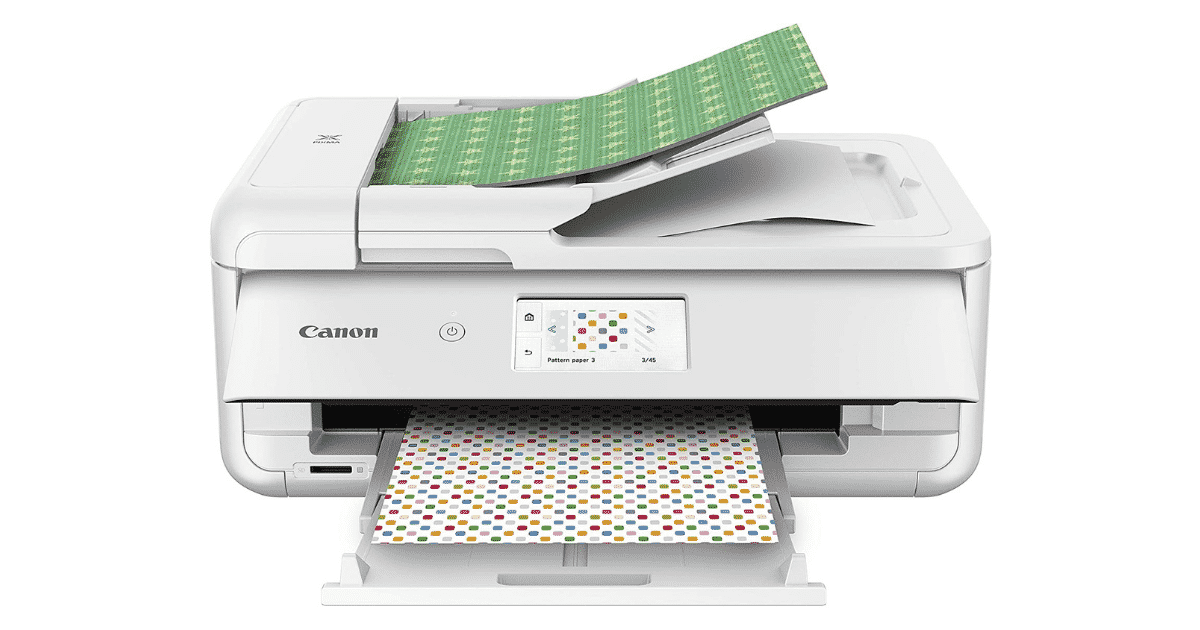

Unless you go to a huge paper show, you can't believe the variety and quality of paper out there. The laser gave us the ability to go to paper warehouses and test a myriad amount of paper. You cannot print on photo paper, but you wouldn't want to. The quality was outstanding, especially in light of our need to use a variety of heavy cardstock. I ended up with a Ricoh 820 color laserjet. I was unable to produce what we needed with an inkjet printer. I find that pearlescent type cards are one of the worst.įor years I ran a couture envelope and card business. I really need advice on a good fast printer that wo t break the bank that will pri t on hear card stock 200 to 300gsm but do well equally with photographic paper as well as other coated papers.


With regard to cardstock the weight is one thing but the surface is another. We run a small home-based printing business and have a range of needs.

What sort of paper are you thinking of printing on? Fine art smooth mat, textured, watercolour photo glossy, lustre/satin/pearl? Dye based inks tend to produce greater contrast and more vibrant colors. On most papers, pigment inks have a greater longevity and fade resistance than dye based inks, but this may not be a concern for your primary usage. You should also consider whether you want pigment or dye based ink. Although the Epson 3880 is the smallest A2 printer on the market, your profile doesn't show your location, but it sounds like you are in Europe where household space is at a much greater premium than in the US, and an A2 printer might be out of the question. While printers like the Epson 3880 may seem like overkill for your needs, the 3880 comes with 80 ml cartridges, perhaps as much as half the initial cost of the printer is in the ink. I would also consider the Epson 2880 and r3000 13 inch printers. A4 printers are mostly designed for office paper and perhaps the occasional index card.įor Canon 9000 II and 9500 II, at least in the US, these can sometimes by picked up on Craigslist or eBay for a fraction of their retail price, because they were bundled with Canon dSLR cameras and buyers would often already have a printer or no need for one and then would immediately resell. I think for paper greater than 270 g/m², you will have to be looking at A3 (13 inch) or wider format. I would look seriously cartridge sze when buying your printer - or even consider outsourcing the printing if you are printing many with the same image. The problem with small printers is the small cartridge capacity, and hence very expensive ink.
#Set canon printer for cardstock mac manual#
I understand some printers have a manual feed input, which is more suited to thicker media - but even the printers that do support this rarely claim to support any media higher than 160gsm.Īny advice/tips? I checked out the Canon Pixma Pro 9000, but it really seems an overkill for what we need - mostly black printing, and occasional colour. (100 lb stock I've seen it referred to in the US) Think of card that is over 250gsm, 260gsm or 270gsm. We were after a printer that's relatively small (i.e can fit on a desk) but can handle thick paper - card stock or bond. It's a 'home business' so we cannot afford a huge multi-function printer. I'm trying to track down a suitable printer for my wife's card making business. So in my novice opinion, you should be okay with most printers intended to print on heavy photographic paper from the rear input tray but you may wish to consider consumables cost carefully before finalizing your decision. Also, a mail-in rebate made the price difference quite small. It did not take much time in Excel for me to figure out the (slightly) more expensive printer was a better investment. I was first considering an Epson R2880, but upon receiving some good advice on this forum, bought a 3880 instead. This was the most important thing to me in choosing a printer, after the maximum paper size. I think you should consider the availability of third-party ink supplies, or the cost of OEM ink, in your printer choice. The Epson photo papers, Red River, and most others I've seen, are generally in the 200gsm to 300gsm range and are certainly compatible with most printers intended for this kind of duty. I'm a novice, but I'd think you just want a printer with a straight feed path that is intended for printing on photographic paper or card stock.


 0 kommentar(er)
0 kommentar(er)
